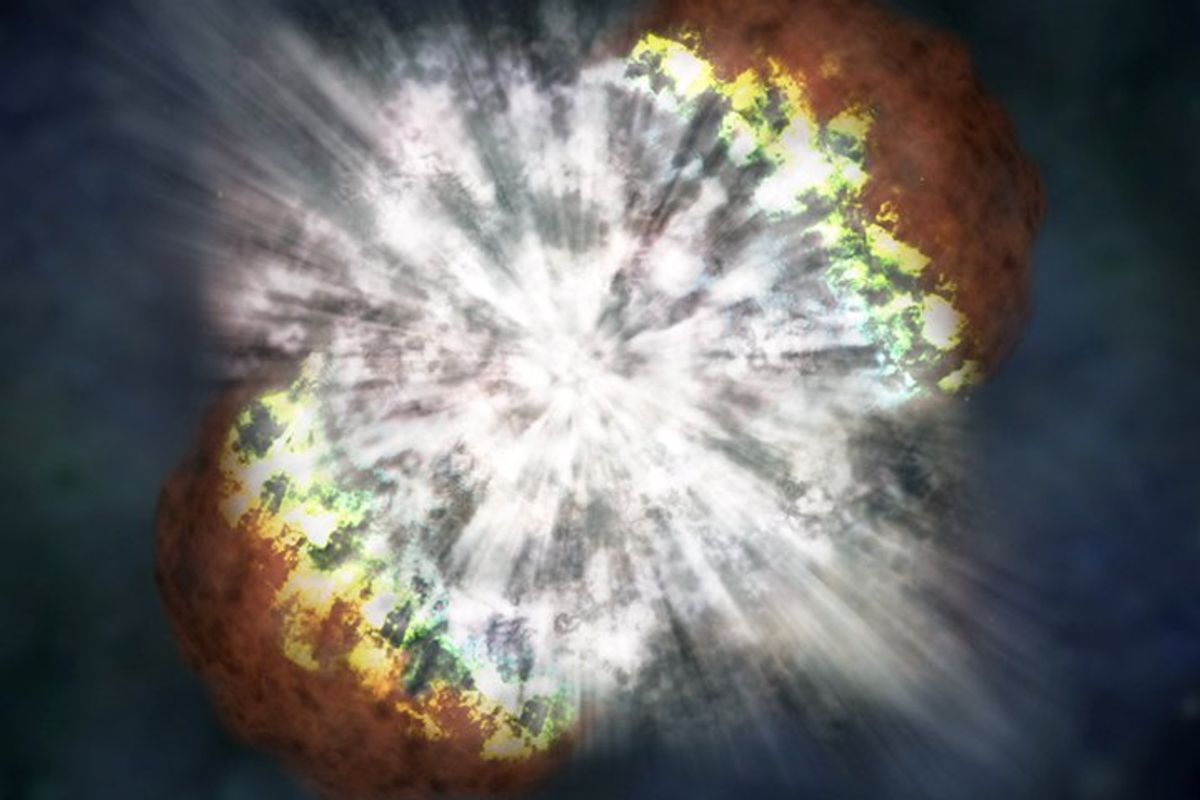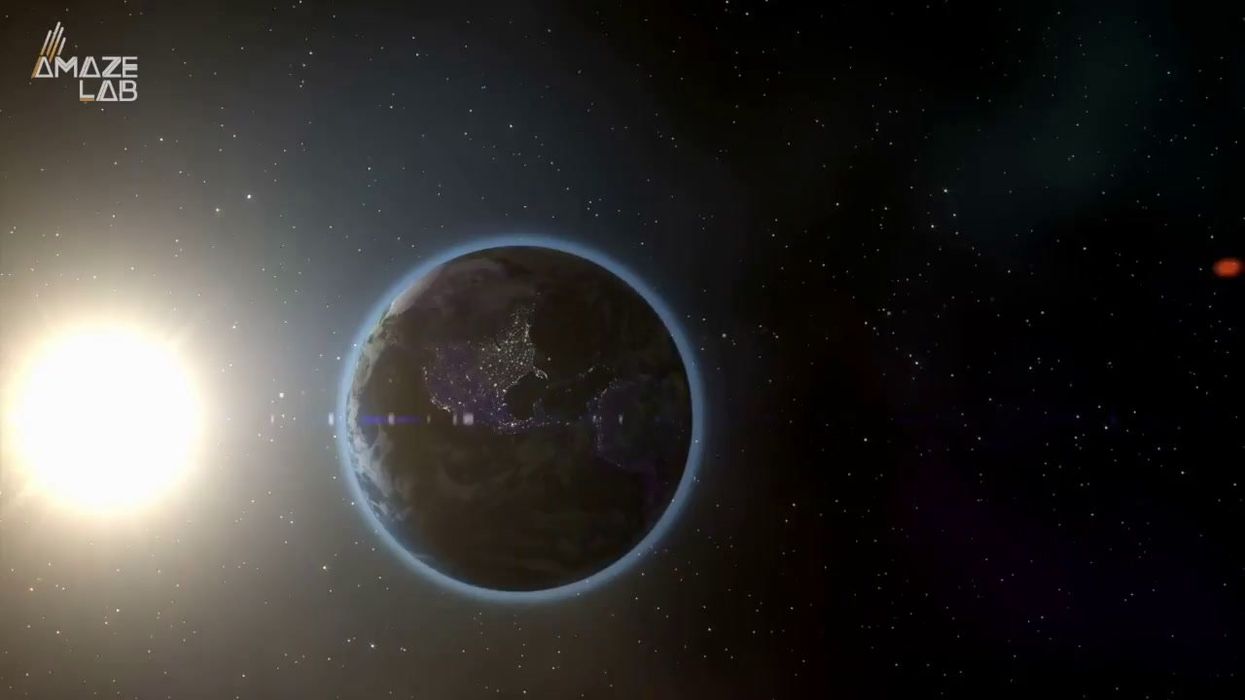Sophie Thompson
Dec 02, 2024
85
What would happen if a nearby star in another system suddenly went …
ZMG - Amaze Lab / VideoElephant
The discovery of a new supernova could change everything we thought we knew about the early universe, according to scientists.
2023ufx, which was recently located on the outskirts of a dwarf-galaxy, is thought to be the most metal-poor stellar explosion on record, and mimics how the universe could have looked in its early stages.
The discovery was recorded on 6 October 2023, and now scientists are releasing the findings.

A new paper published by Cornell University read: "This is only the second SN II with ≲0.1 Z and both exhibit peculiar evolution, suggesting a sizable fraction of metal-poor SNe II have distinct properties compared to nearby metal-enriched SNe II. These observations lay the groundwork for modeling the metal-poor SNe II expected in the early Universe."
Thought to be completely different from other explosions, 2023ufx had just 20 days of brightness, while supernovas with higher metal consistencies tend to last around 100 days - and radiate more energy than the sun ever will.
It could have also had a faster spin than other explosions, with more material being deposited from it in a faster time, and was the result of a red supergiant star coming to the end of its life.
However, the key piece of information that's perked up the ears of space-lovers is that this particular supernova had very few elements heavier than hydrogen or helium - just like the universe at the time of its birth.
That means scientists could now unlock a clearer picture of how stars behaved at that time, and how they've evolved since.
How to join the indy100's free WhatsApp channel
Sign up for our free Indy100 weekly newsletter
Have your say in our news democracy. Click the upvote icon at the top of the page to help raise this article through the indy100 rankings.
Top 100
The Conversation (0)














